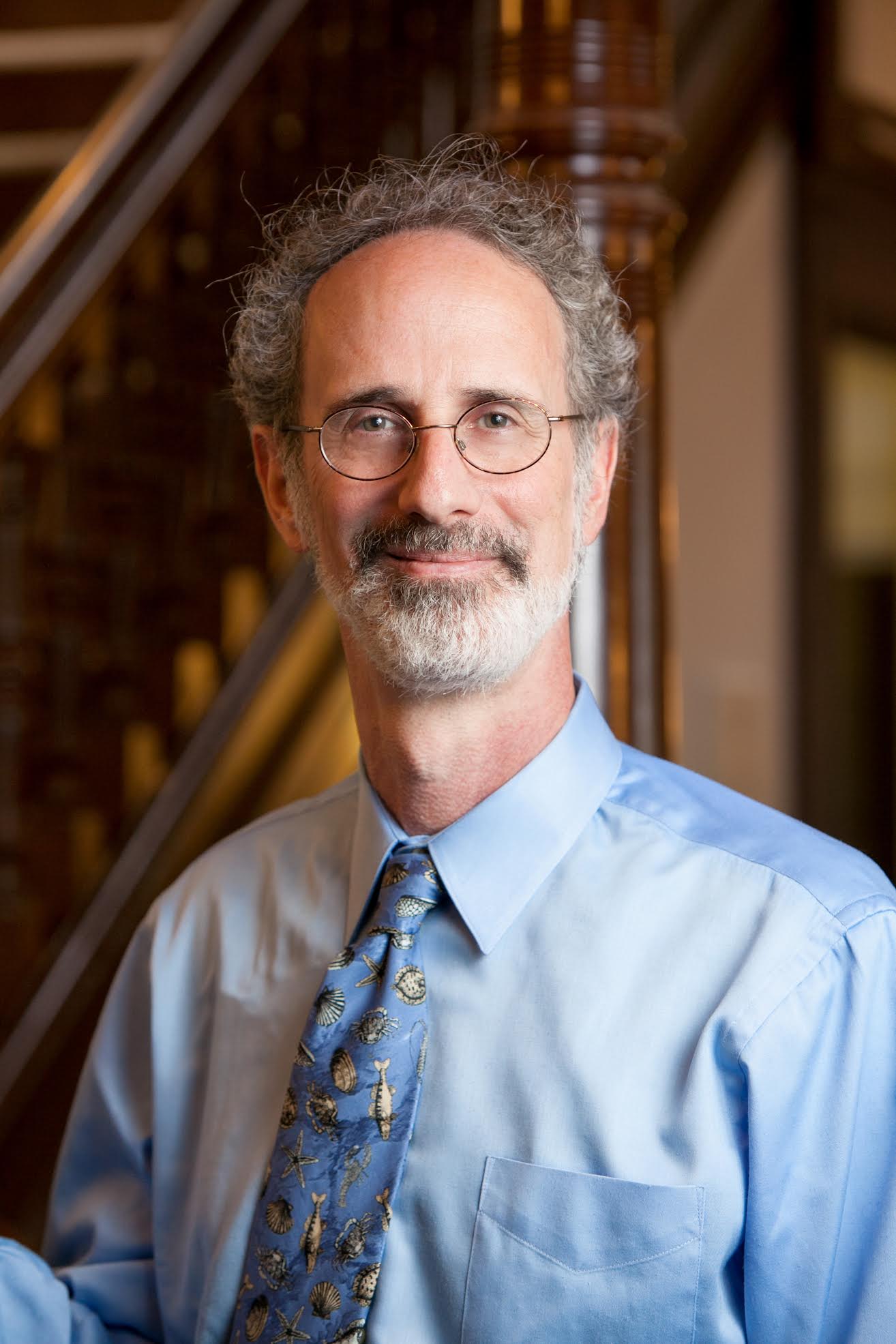Dr. Peter Gleick is the President and co-founder of the Pacific Institute, which seeks solutions to the world’s water challenges. Dr. Gleick is a MacArthur Genius Fellow and was named “a visionary on the environment” by the BBC. He is the author of nine books, including the influential series, “The World’s Water.”
What are your policy recommendations for addressing drought?
[The Pacific Institute’s] principal recommendation is to greatly expand our efforts to improve water efficiency and to get more out of the water we’re already using. We are still not nearly as efficient with our water use as we need to be. The other half of the puzzle is looking for new sources of supply. In particular, we need to expand wastewater treatment and reuse. We spend a lot of money collecting wastewater, treating it, and then throwing it away.
What are examples of communities that have dealt successfully with the issue of water scarcity?
In the midst of all of this bad news about water, there is some good news. There are examples of successful, sustainable strategies for water management. Israel is a good example. Over the last several decades, there have been very dramatic changes in their agricultural policy, but they also have worked very hard on other aspects of water efficiency. They recycle and reuse their water, and now they’re moving toward expanding desalination as an alternative source of supply. Singapore is another example. Singapore has very strong water conservation and efficiency programs as well as comprehensive water reuse.
Some have proposed piping water from Northern California to Los Angeles or from the Colorado River to California to alleviate fresh water scarcity in the state. Is moving water from wet to dry areas an appropriate solution?
Over the last hundred years, we’ve built a massive infrastructure to store water and move it from wet areas to dry areas. That’s a fundamental characteristic of California’s water system, and nobody is arguing that we shouldn’t do that. The debates are really whether we should do more of it. I think we’re sort of tapped out and running into limits. We might want more water out of the Colorado River, but we can’t have it. We are using all of it. We might want to build more reservoirs in Northern California, but there’s really no water to fill them. So we have to look to nontraditional solutions.
Do you think California has enough water to sustain the population?
We certainly have enough water to sustain our population. The question is, though, how are we going to allocate that water among the different demands? Eighty percent of the water we use goes to agriculture, while only 20 percent supports our cities and industries. We could cut agricultural water use a little bit and that would free up an enormous amount of water for other purposes. That’s all part of the debate right now.
Do you think there needs to be price signals to enforce conservation?
We do have prices for water, and I do think that pricing is an important tool for improving water management. But it’s only one tool. We also have standards for the efficiency of appliances and use education and communication tools to encourage conservation and efficiency. We need to use all these tools: economics, regulation, and education.
